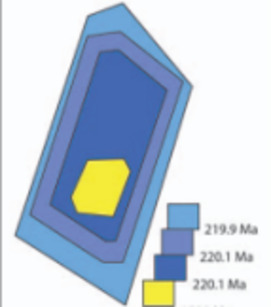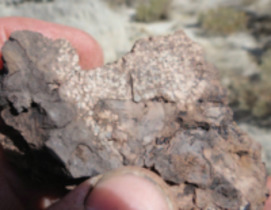Precision and Accuracy in Geochronology
Geochronology in Earth and Solar System science is increasingly in demand, and this demand is not only for more results, but for more precise, more accurate, and more easily interpreted temporal constraints. Because modern research often requires multiple dating methods, scrupulous inter- and intramethod calibration in absolute time is required. However, improved precision has highlighted systematic analytical biases and uncovered geologic complexity that affects mineral dates. At the same time, both enhanced spatial resolution through microbeam geochronology and creative uses of disparate data sets to inform age interpretations have helped explain complexities in age data. Quantifying random and systematic sources of instrumental and geological uncertainty is vital, and requires transparency in methodology, data reduction, and reporting. Community efforts toward inter- and intracalibration of chronometers will continue to help achieve the highest possible resolving power for integrative geochronology.
Precision and Accuracy in Geochronology Read More »



